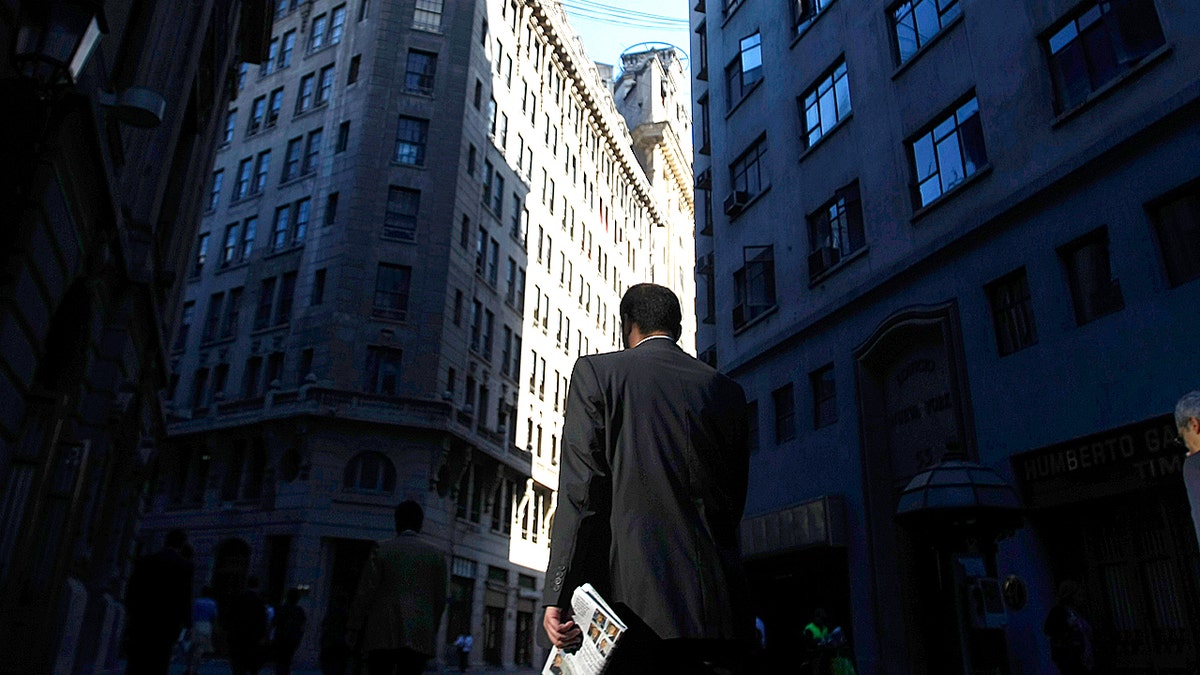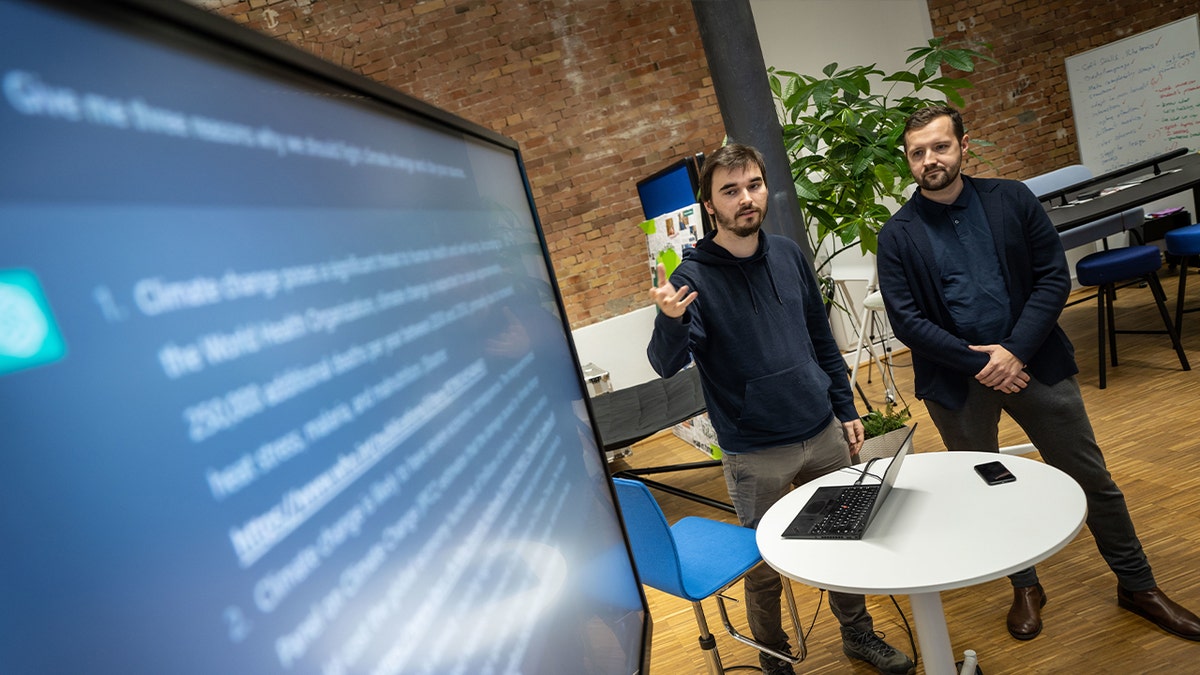Microsoft's AI Study: Which Jobs Are Most at Risk?
A recent study by Microsoft has analyzed 200,000 anonymous Copilot conversations from 2024 to determine which occupations face the highest overlap with artificial intelligence (AI) capabilities. This research, unlike previous ones, uses real-world data mapped against the U.S. government's job classification system, providing a clearer picture of AI's impact on the workforce.
Key Findings on AI Overlap
The study calculated an "AI applicability score" to measure how closely job activities align with AI's generative abilities. Knowledge-based and communication-heavy roles, such as those in "computer and mathematical occupations" and "office and administrative support," showed the highest overlap. This doesn't mean job loss is imminent—AI often performs tasks alongside humans rather than replacing them entirely.
 A man walking to his job in a financial district. Positions like advertising sales agents and market research analysts face high AI integration.
A man walking to his job in a financial district. Positions like advertising sales agents and market research analysts face high AI integration.
Jobs Most Impacted by AI
- Technical writers
- Ticket agents and travel clerks
- Editors
- Telemarketers
- Broadcast announcers and radio DJs
- Mathematicians
- Political scientists
- Interpreters and translators
- Advertising sales agents
- CNC tool programmers
- News analysts, reporters, and journalists
- Customer service representatives
- Historians
- Farm and home management educators
- Business teachers, postsecondary
- Hosts and hostesses
- Public relations specialists
- Concierges
- Brokerage clerks
- Proofreaders and copy markers
- Writers and authors
- Sales representatives (services)
- Telephone operators
- Demonstrators and product promoters
- Passenger attendants
- Data scientists
- Market research analysts
- Web developers
- Management analysts
Jobs Least Likely to Be Replaced
Physical and hands-on roles have minimal AI overlap currently:
- Medical equipment preparers
- Surgical assistants
- Dishwashers
- Roofers
- Massage therapists
- Cement masons and concrete finishers
- Motorboat operators
- Orderlies
- Floor sanders and finishers
- Bridge and lock tenders
- Industrial truck and tractor operators
- Gas compressor and pumping station operators
- Helpers-roofers
- Roustabouts, oil and gas
- Ophthalmic medical technicians
- Packaging and filling machine operators
- Logging equipment operators
- Dredge operators
- Pile driver operators
- Water treatment plant and system operators
- Foundry mold and coremakers
- Machine feeders and offbearers
- Rail-track maintenance equipment operators
- Supervisors of firefighters
- Tire builders
 Two men give a presentation on data and AI integration. High AI overlap indicates technology can handle parts of daily tasks.
Two men give a presentation on data and AI integration. High AI overlap indicates technology can handle parts of daily tasks.
What This Means for Professionals
If your job is on the "most impacted" list, view it as an opportunity to embrace AI tools for increased efficiency and creativity. For those in "least impacted" roles, stay adaptable as future technologies like robotics could change the landscape. The study emphasizes that AI is a collaborator, not a replacement, and historical trends show automation can create new jobs.
 While writers and editors are heavily impacted, there are no predictions of mass unemployment from AI's rise.
While writers and editors are heavily impacted, there are no predictions of mass unemployment from AI's rise.
In summary, this study serves as a career forecast, urging professionals to learn AI skills and stay ahead in their fields.






Comments
Join Our Community
Sign up to share your thoughts, engage with others, and become part of our growing community.
No comments yet
Be the first to share your thoughts and start the conversation!